The concept of price elasticity of demand refers to the degree to which the quantity demanded of a good or service changes in response to a change in its price. When the quantity demanded of a good or service is relatively sensitive to changes in its price, it is said to have a high price elasticity of demand. Conversely, when the quantity demanded of a good or service is relatively insensitive to changes in its price, it is said to have a low price elasticity of demand.
Unitary price elasticity of demand is a specific type of price elasticity of demand that occurs when the percentage change in the quantity demanded of a good or service is exactly equal to the percentage change in its price. In other words, if the price of a good or service increases by 10%, the quantity demanded of that good or service will also decrease by 10%. Similarly, if the price of a good or service decreases by 10%, the quantity demanded of that good or service will also increase by 10%.
Unitary price elasticity of demand is often used as a benchmark for comparing the price elasticity of demand of different goods or services. For example, if the price elasticity of demand for a particular good is less than one, it is said to be inelastic, meaning that the quantity demanded of that good is relatively insensitive to changes in its price. On the other hand, if the price elasticity of demand for a particular good is greater than one, it is said to be elastic, meaning that the quantity demanded of that good is relatively sensitive to changes in its price.
There are several factors that can affect the price elasticity of demand for a particular good or service. These include the availability of substitutes, the importance of the good or service to consumers, the proportion of income that is spent on the good or service, and the length of time over which the price change occurs. For example, goods or services that have many substitutes tend to have a higher price elasticity of demand, as consumers can easily switch to alternative products if the price of the original good or service becomes too high. On the other hand, goods or services that are considered essential or have few substitutes tend to have a lower price elasticity of demand, as consumers may have fewer options for alternative products and may be more willing to pay a higher price to continue using the original good or service.
In conclusion, the concept of unitary price elasticity of demand refers to the degree to which the quantity demanded of a good or service changes in response to a change in its price, with unitary elasticity occurring when the percentage change in the quantity demanded is exactly equal to the percentage change in price. The price elasticity of demand for a particular good or service can be affected by a variety of factors, including the availability of substitutes, the importance of the good or service to consumers, the proportion of income that is spent on the good or service, and the length of time over which the price change occurs.
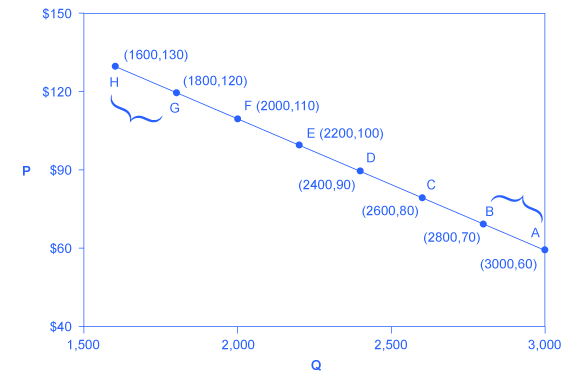

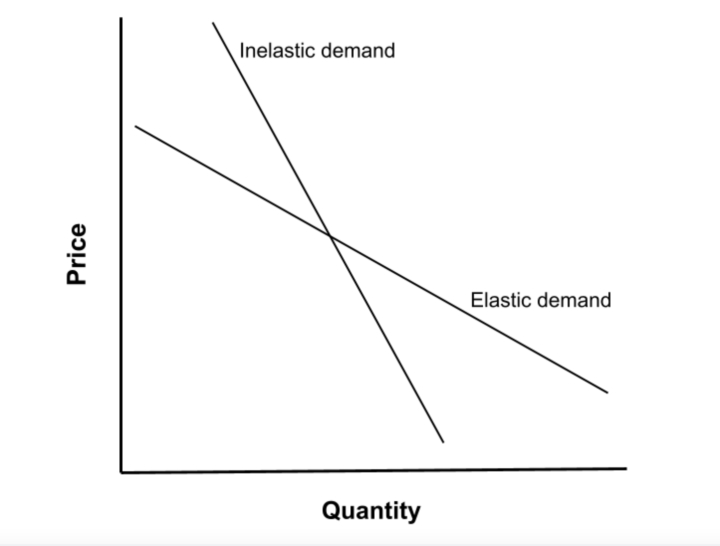
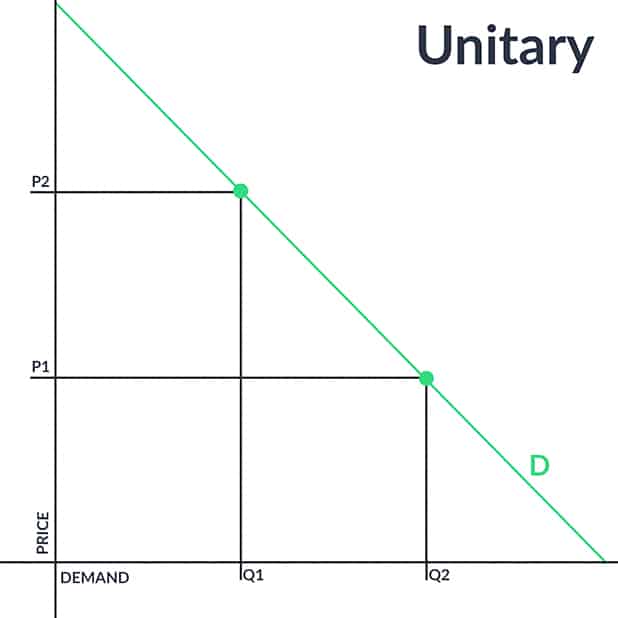
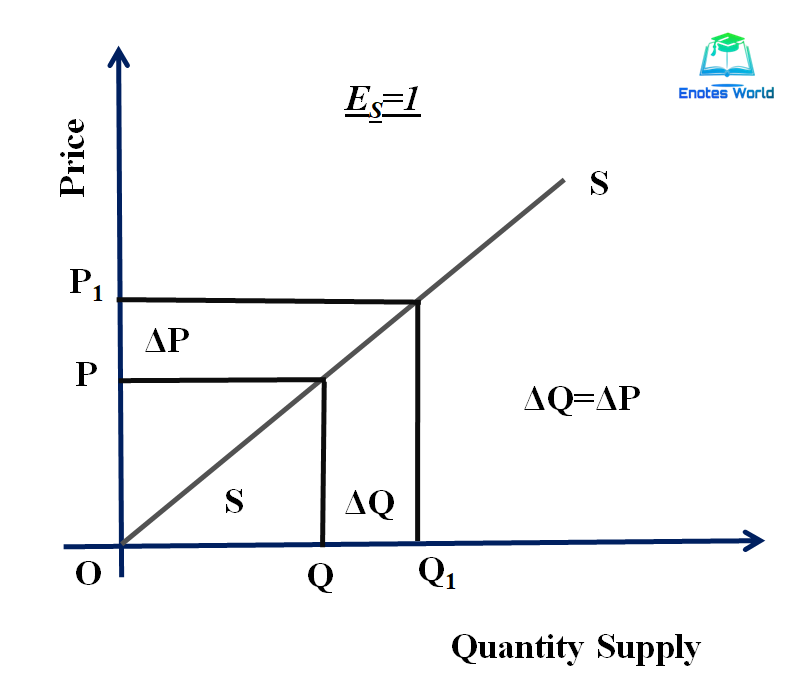

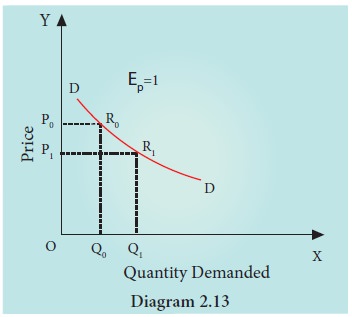

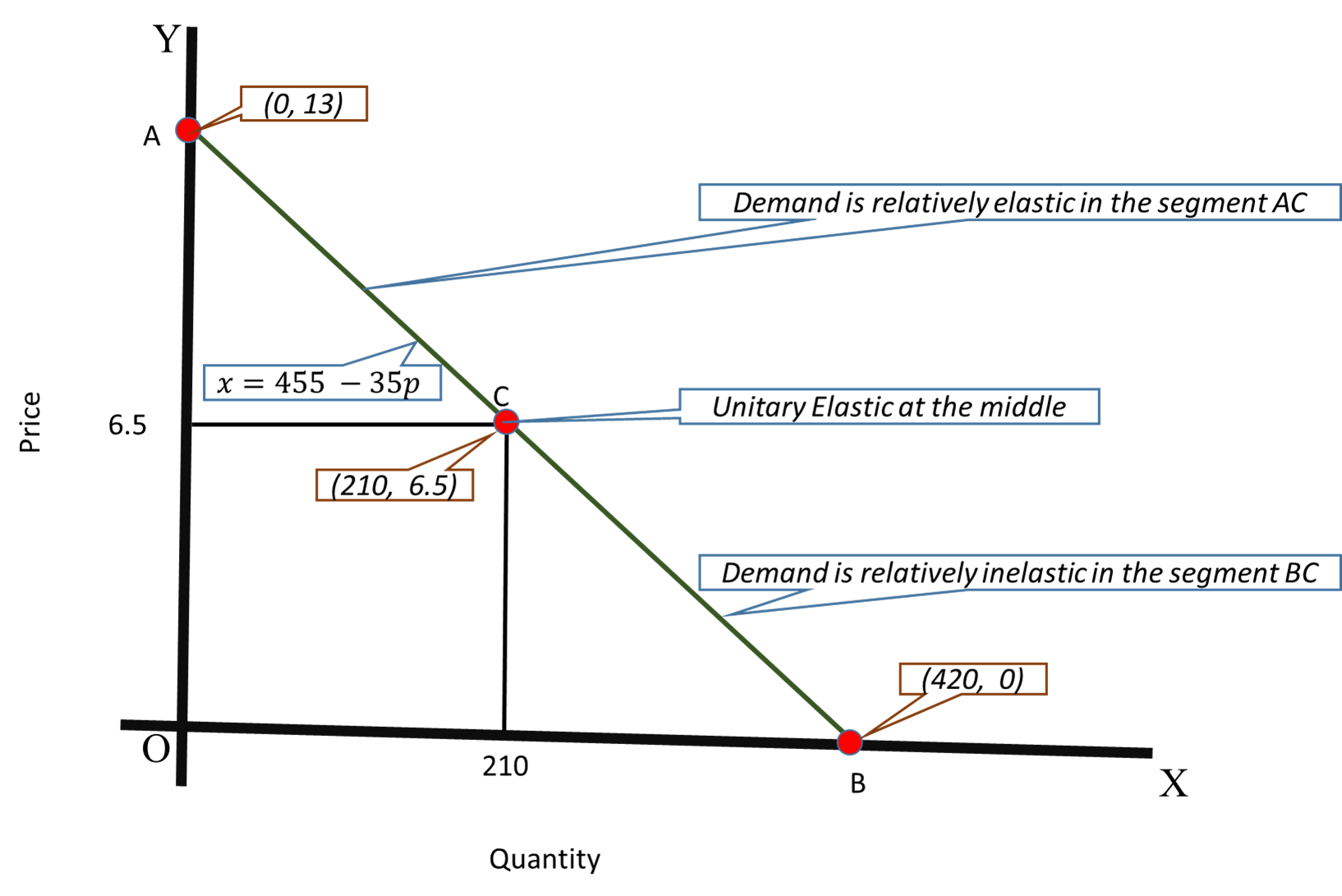
.svg/440px-Tax_incidence_(mixed).svg.png)